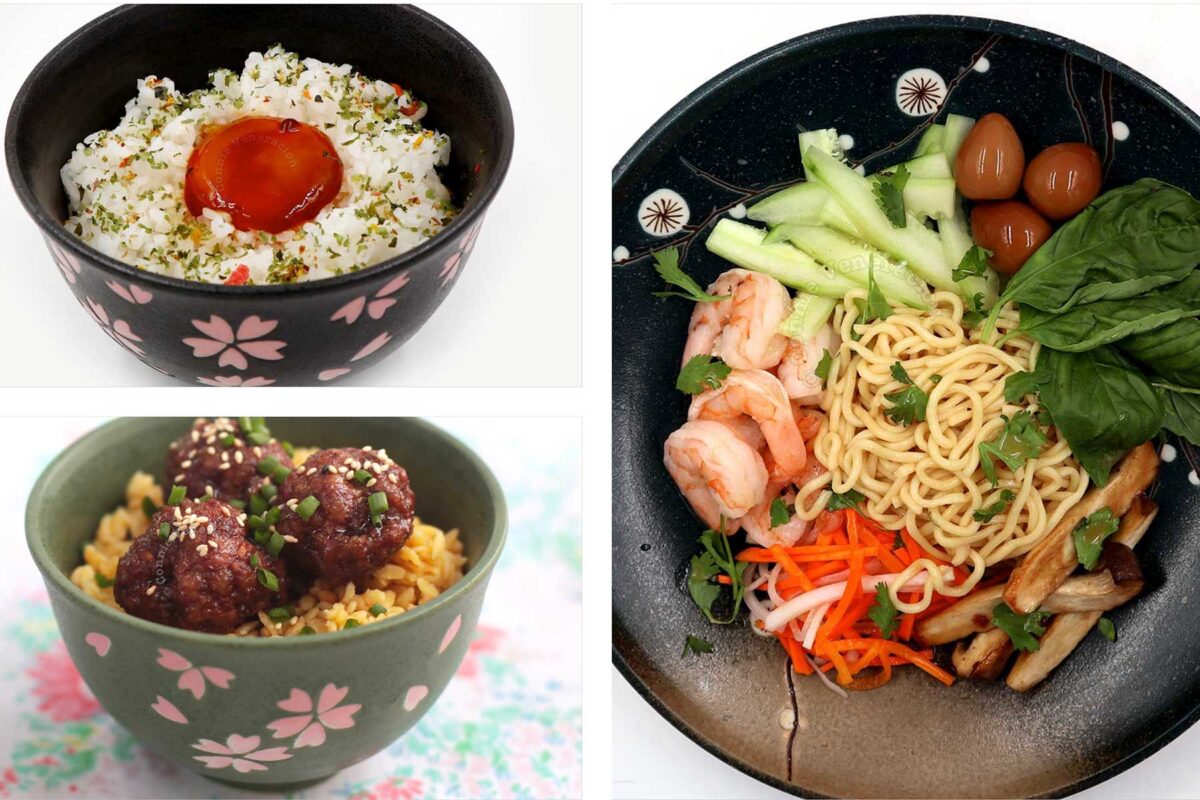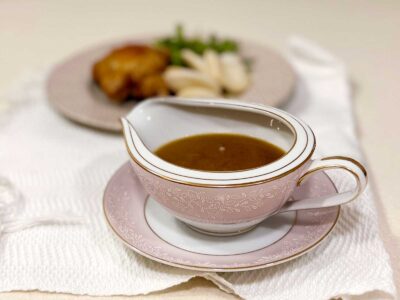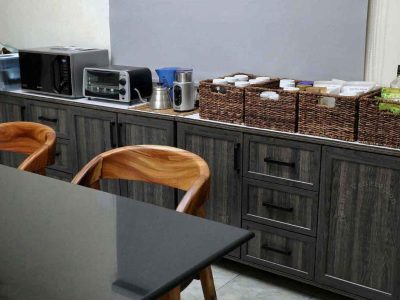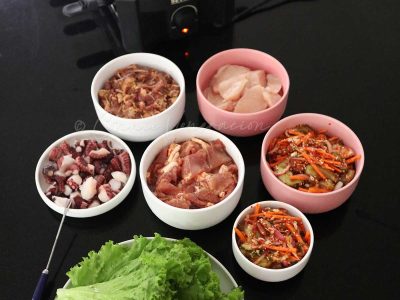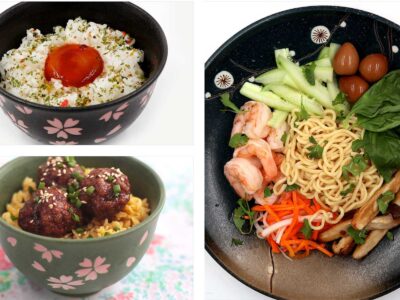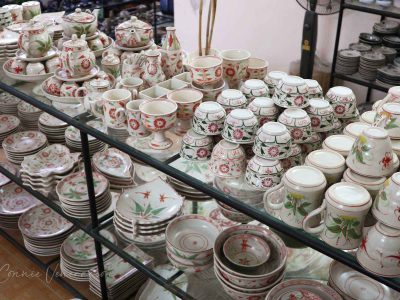And we have all these bowls at home. Yes. Even though we’re not Japanese. It’s just a case of me being obsessed with Japanese dinnerware.
I grew up with Japanese dinnerware and I didn’t even know it. My mother had a 100-piece Noritake set that was so precious to her that she intended to include it in her last will and testament. What remain of the set are still in her cupboard. From the eyes of my adult self, the design seems straight out of my mother’s generation — too pastoral and not exactly what I want on my dinner table.
After marriage, kids and buying a house, I started collecting Japanese plates and bowls. Not to hide in the cupboard, mind you, but to use everyday. The photo above shows some of the first pieces I bought over a decade ago. Obviously, I love sakura in my dinnerware. Over the years, I added to my Japanese dinnerware collection. Mostly bowls that I bought a few pieces at a time.
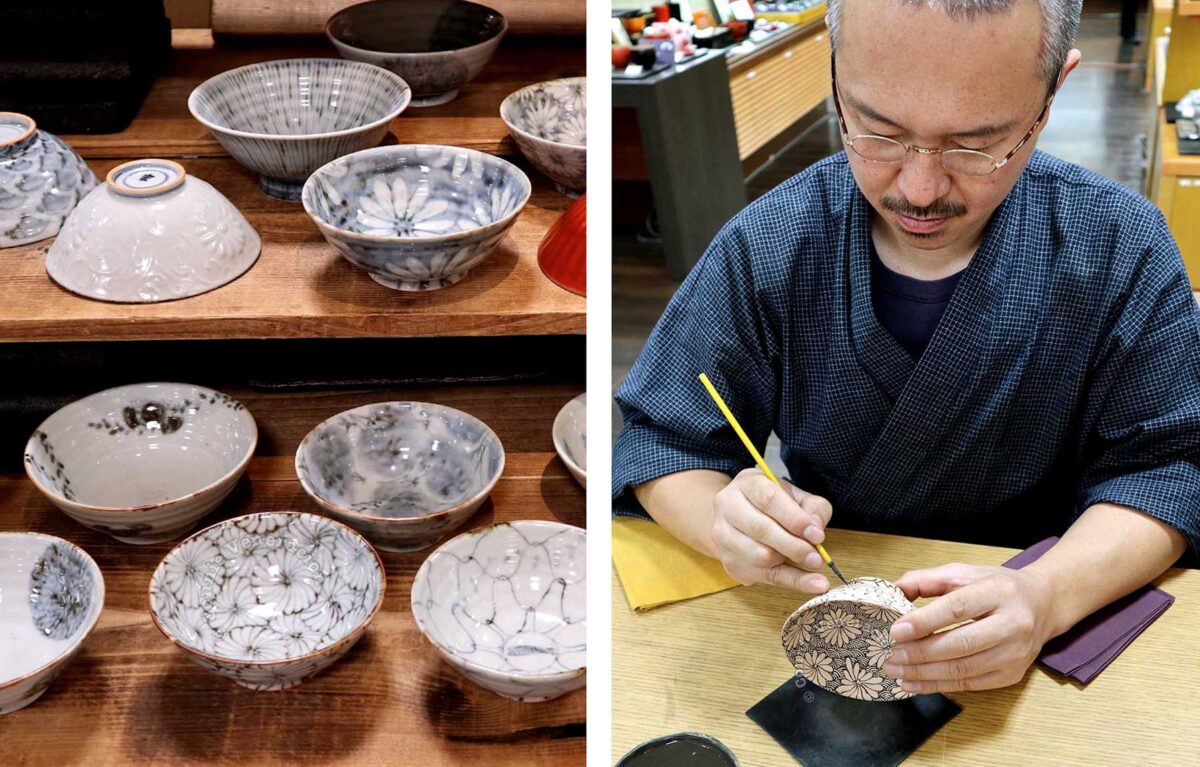
It wasn’t until two trips to Japan, a year apart, that my collection really started to grow. In Kyoto, watching an artist hand painting bowls made me appreciate Japanese dinnerware on a different level. Such precision. Such skill. Such artistry. I drooled. And bought a few pieces.
Then, in Osaka, we visited the Kitchenware Street several times. We also spent a day at the Rinku Premium Outlets. We came home with, among other things, a chef’s knife, a tamagoyaki pan, suribachi and surikogi, aprons and several pieces of rice bowls, ramen bowls and donburi bowls. The bowls, I had to carefully wrap with soft sweaters before tucking into my luggage. Too pricey to get broken as we all know how baggage people at airports can get so careless with passengers’ luggage.
But… rice bowls, ramen bowls and donburi bowls? Yes. After that first collection, I started buying kobachi bowls too. Do we use them all at home considering we’re not Japanese? We do, actually, although not always in the traditional ways for which they are intended. My daughters prefer bowls over plates and they choose their bowl depending on how much they want to eat for each meal. But if you’re interested in how Japanese bowls are traditionally used, read on, and see some of the Japanese bowls we have at home.
Rice bowls
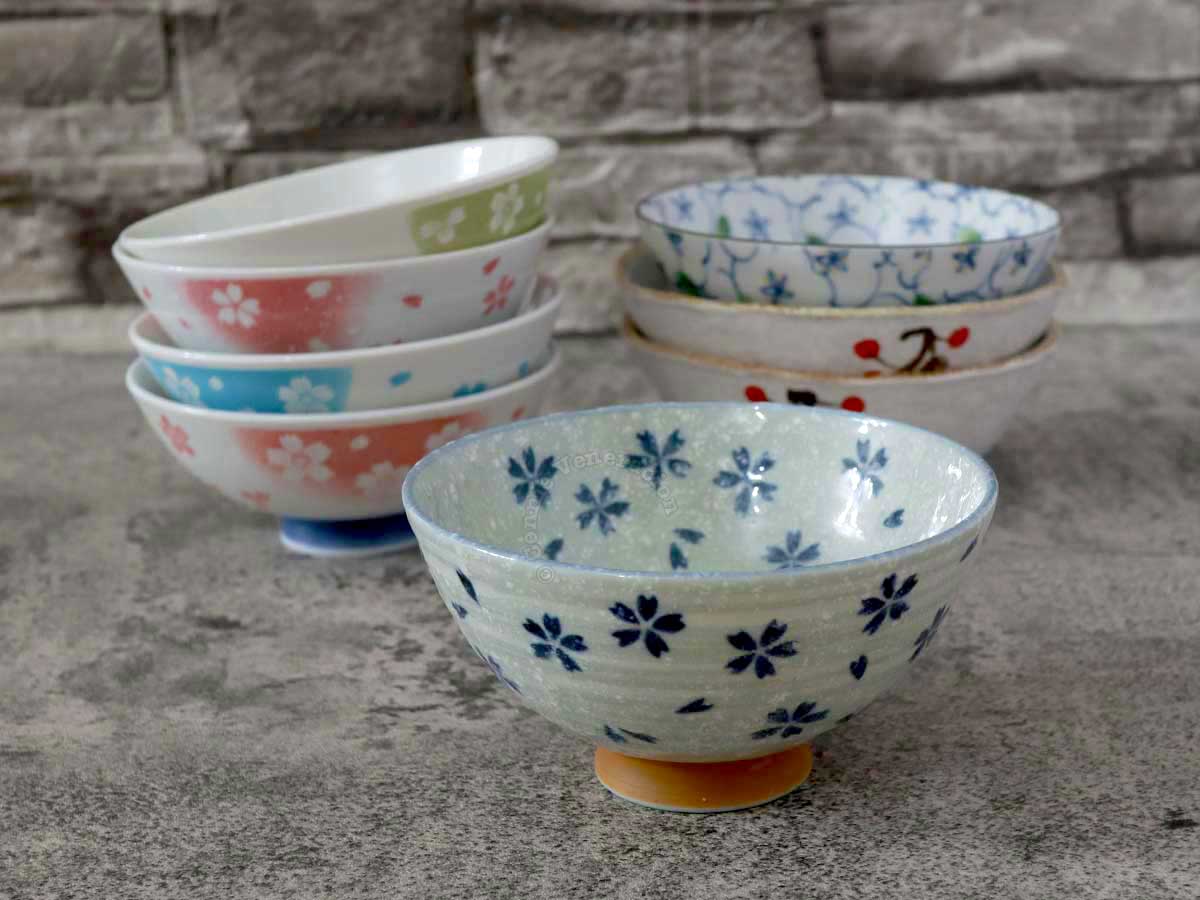
In Japanese dining, rice isn’t eaten off a plate. Each person has his own rice bowl which is between 4.2 to 4.7 inches in diameter. One hand holds the bowl while the other holds the chopsticks. The diner picks up a piece of meat, seafood or vegetable from a plate with the chopsticks, brings it to the rice bowl, combines it with rice and lifts the combo to his mouth.
Kobachi (appetizer) bowls
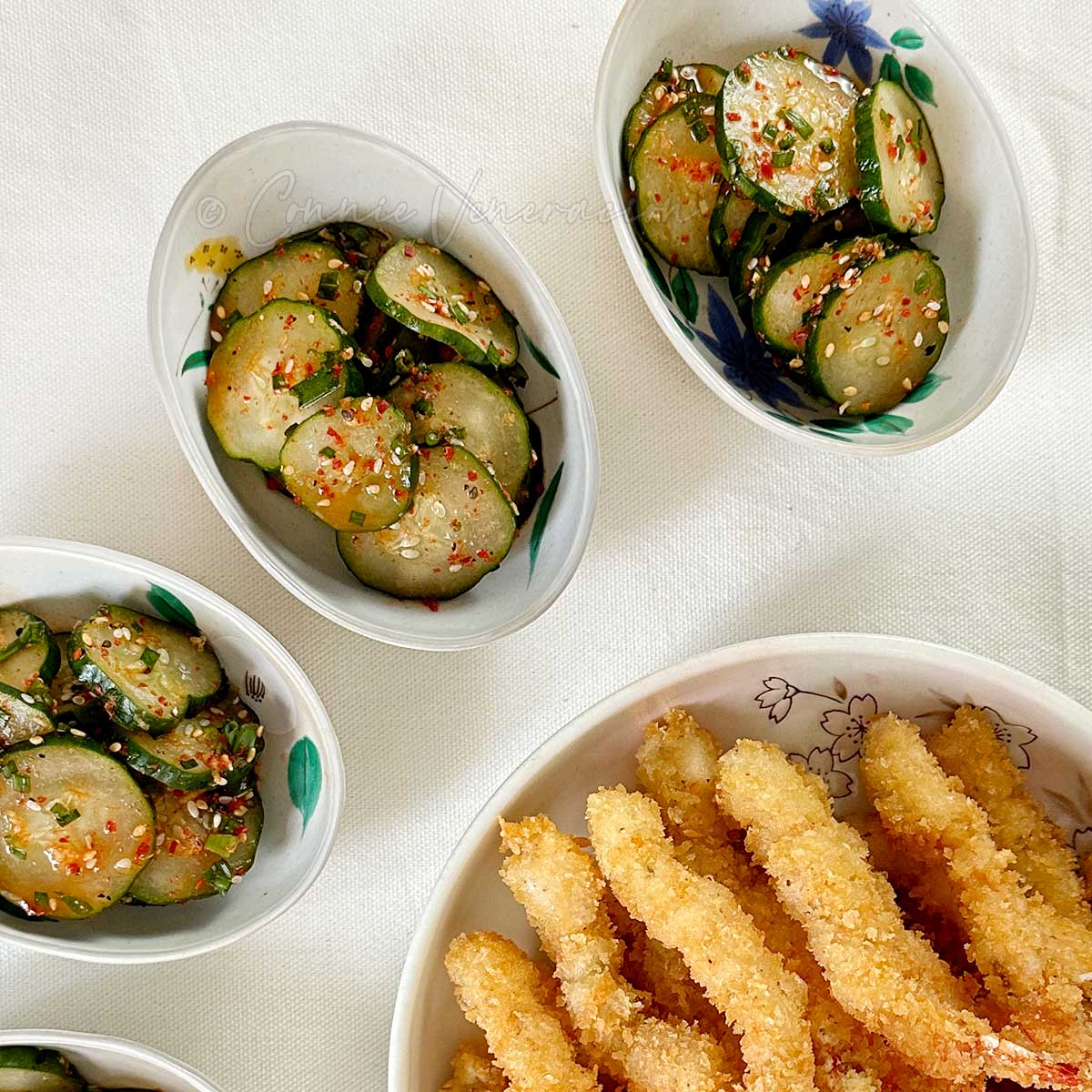
Like rice bowls, kobachi bowls are under five inches in diameter. They are used for appetizers and simple side dishes.
Donburi bowls
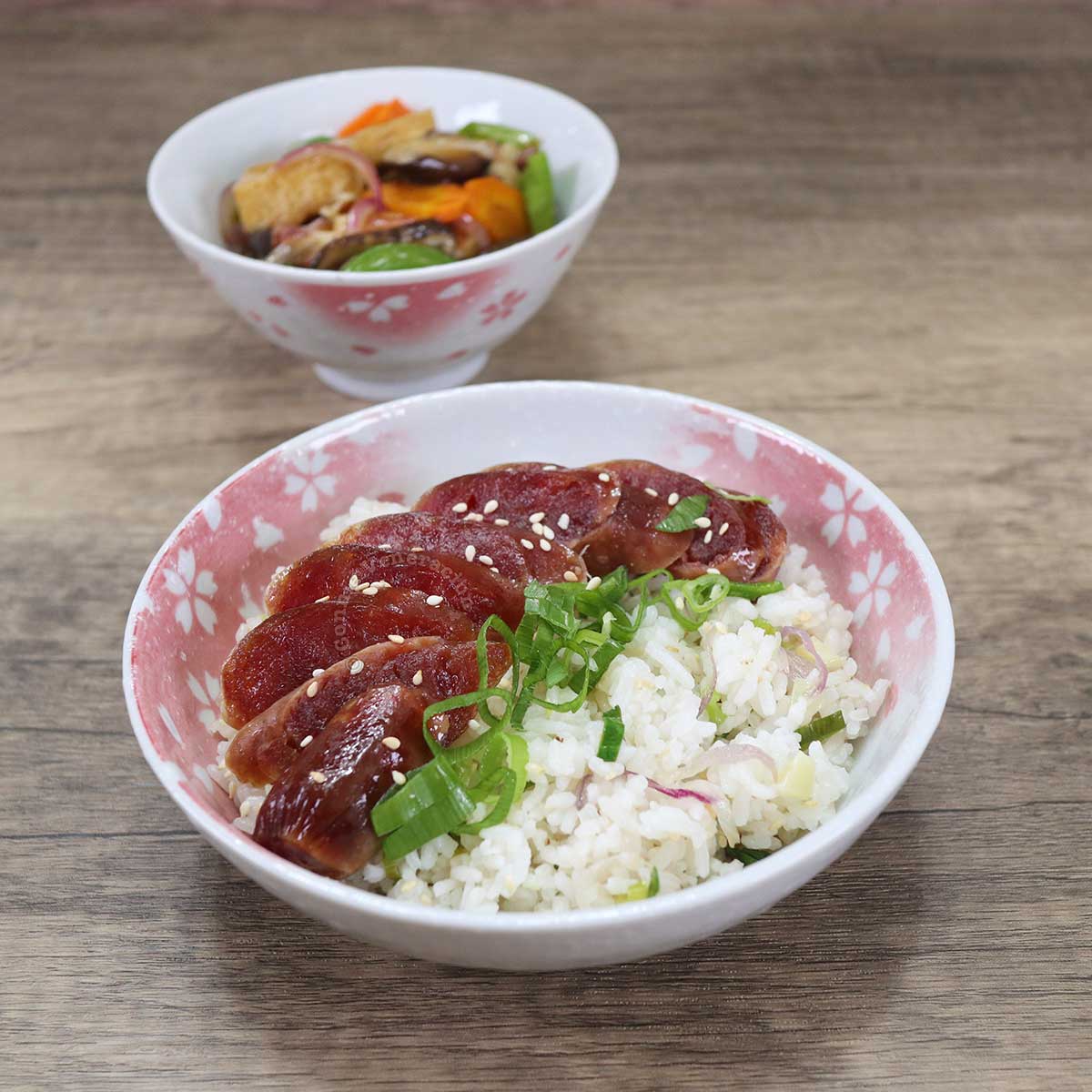
Donburi is a one-bowl meal, so, donburi bowls are meant to hold both rice and topping (meat, seafood, vegetables…). They are, naturally, deeper and larger than standard rice bowls. Larger donburi bowls (those over five inches) are also used as serving bowls.
Ramen bowls
Ramen bowls are a special form of donburi bowls. The tapered shape makes it possible to hold a generous amount of broth. The wide surface allows all the toppings of the noodle soup to be visible. It’s really an an application of the saying that we eat with our eyes first.
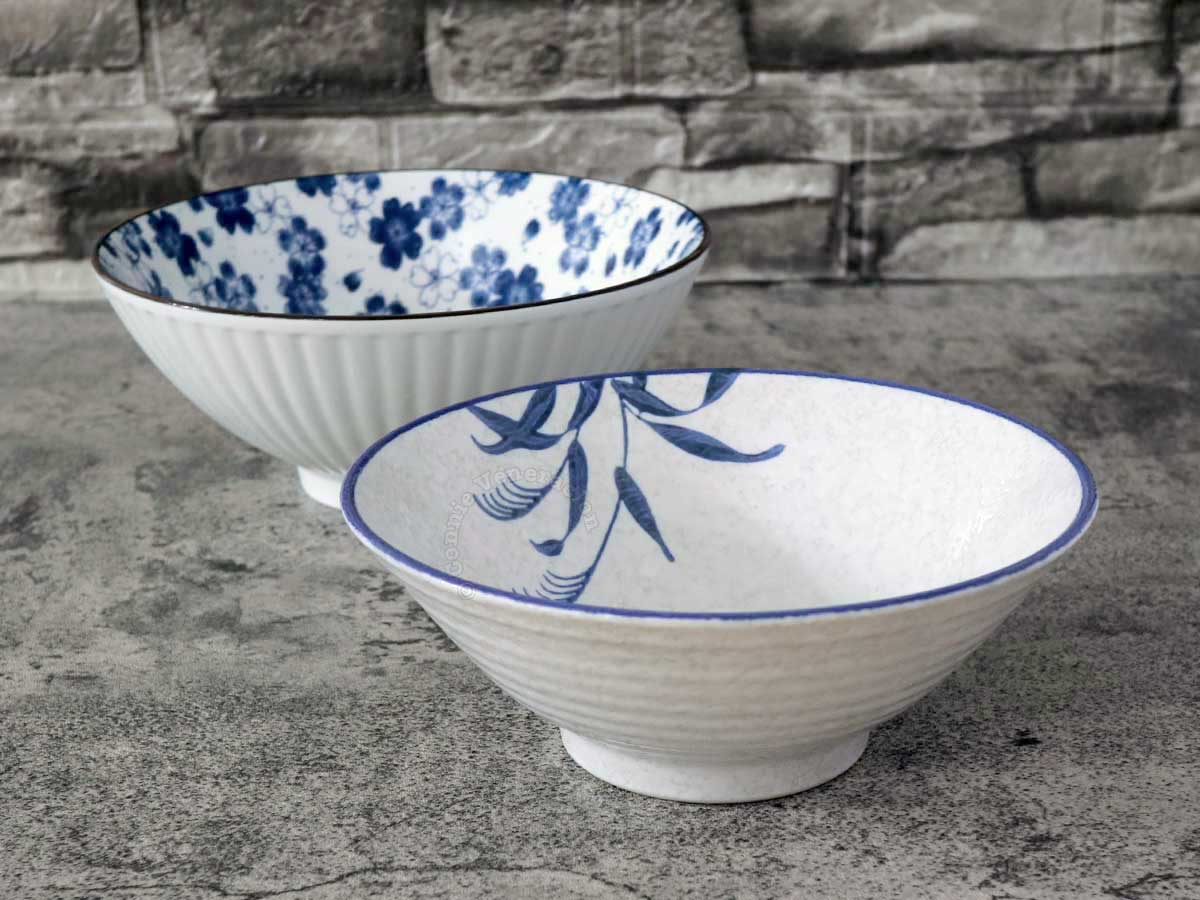
Ramen bowls come in different sizes. Two reasons. The first has to do with the desired serving size. The second is about how many toppings go into the bowl. The more toppings there are, the larger the ramen bowl used. At home, the larger ramen bowls double as serving bowls for soups and stews.
Where to buy Japanese dinnerware
Nothing can ever compare to the experience of seeing, holding and choosing Japanese dinnerware. There is something about feeling the texture of a bowl with the hands before deciding whether to buy it or leave it behind. But, of course, that hasn’t been possible since 2020. Have I stopped buying Japanese dinnerware since international travel ground to a halt? No. I just switched to online shopping.
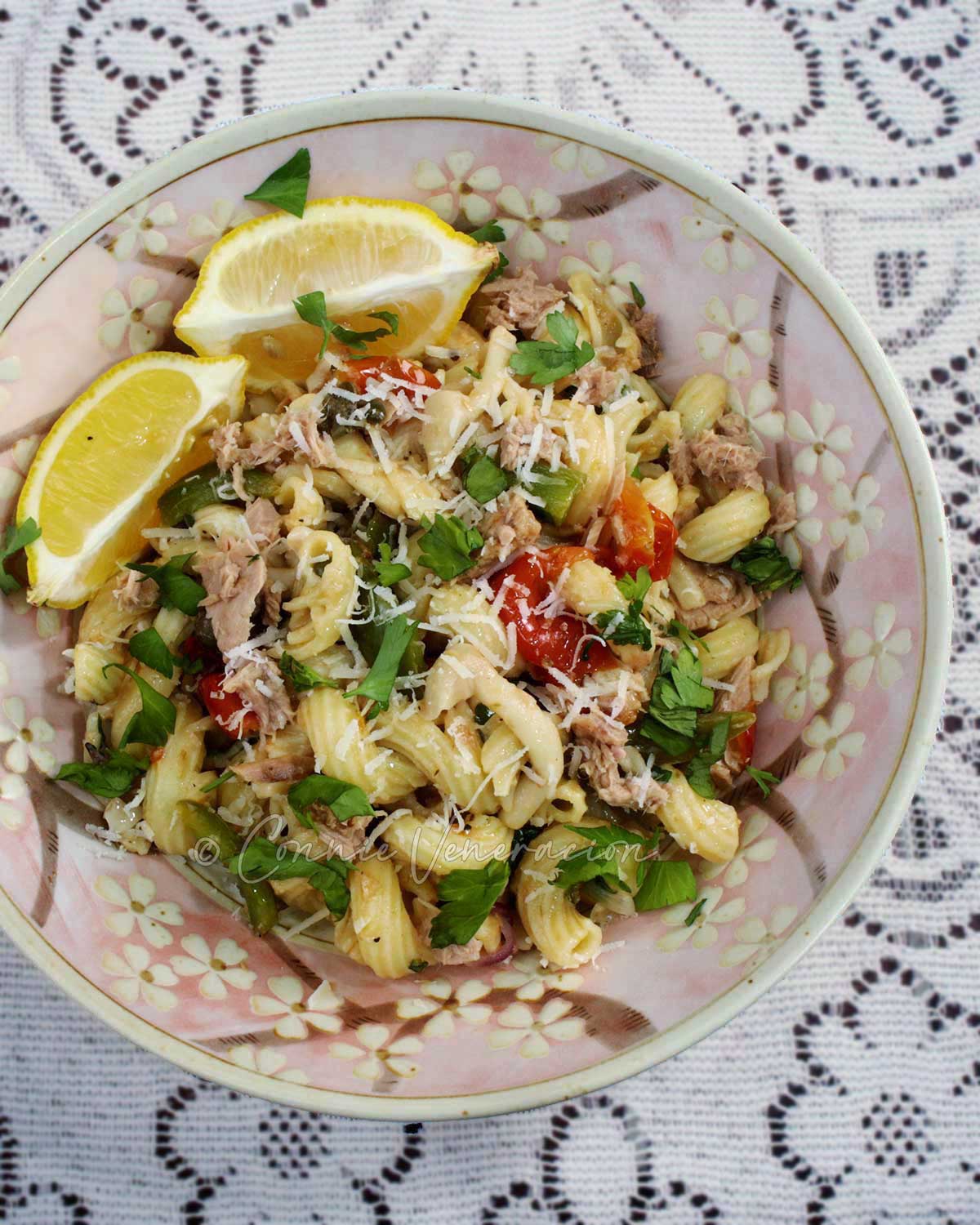
I think of it as getting a regular sakura fix. Not that I buy sakura-themed Japanese dinnerware exclusively but the bulk has sakura all over them. And, lately, we have started buying coffee cups with cats in them. I didn’t even know that cats are a thing in Japanese dinnerware design. My younger daughter, the manga and anime fangirl, saw them, loved them and we bought three pieces just a week ago.
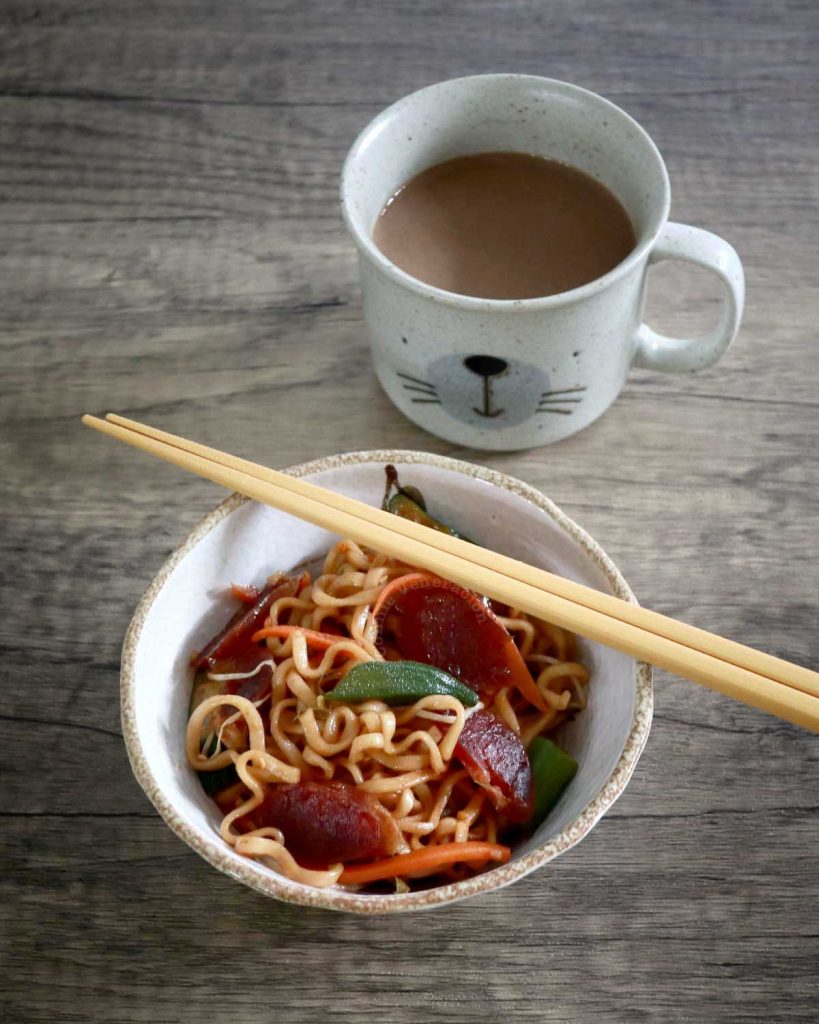
If you’re a fan of Japanese dinnerware, you can get them online — at least until travel is safe again. Note, however, that copycats and forgeries abound. There are a lot of mass-produced dinnerware that are marketed as “authentic Japanese”. Be wary. If you’re new to Japanese dinnerware shopping and you’re not ready to make a splurge, there are online sellers of pre-owned pieces and many are in excellent condition.
For those who want the real thing, Tokyo-based Musubi Kiln has a delightful (read: classy) collection of bowls, plates and mugs, and offers insured international shipping.
Japanese dinnerware for everyday use and special occasions
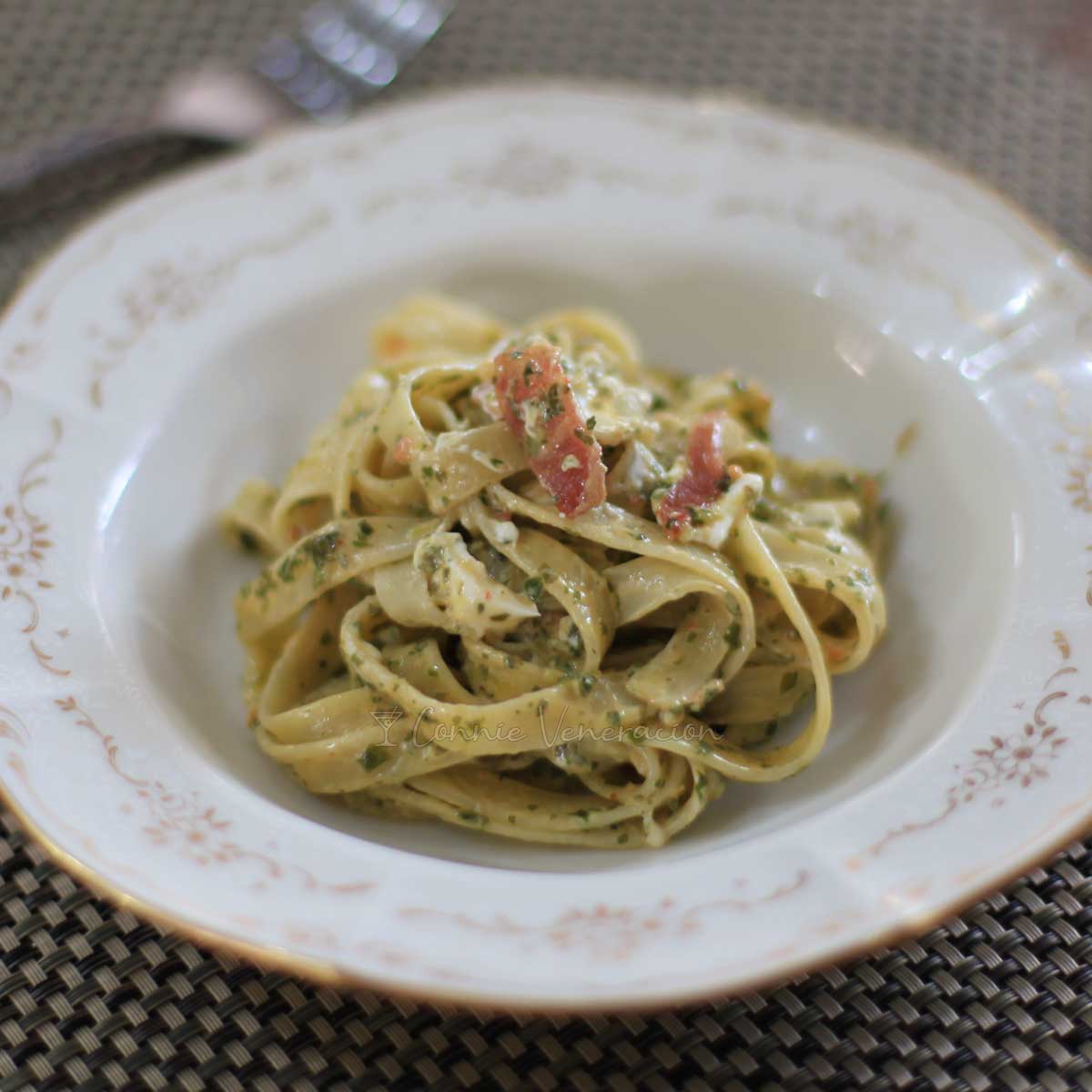
Buying Japanese dinnerware isn’t a racial, regional or ethnic preference. Not for me anyway. It’s just shopping for dinnerware but in colors, patterns, shapes and textures that I adore. We use Japanese dinnerware even for non-Japanese dishes.
While some Japanese dinnerware have very traditional designs, a lot of modern ones have a universal and timeless appeal, and you can serve any food in them. That’s how they ought to be used and enjoyed. I mean, would you buy a set of Wedgewood dinnerware exclusively for serving English tea or Royal Copenhagen to eat Danish food in? Right. Exactly.

